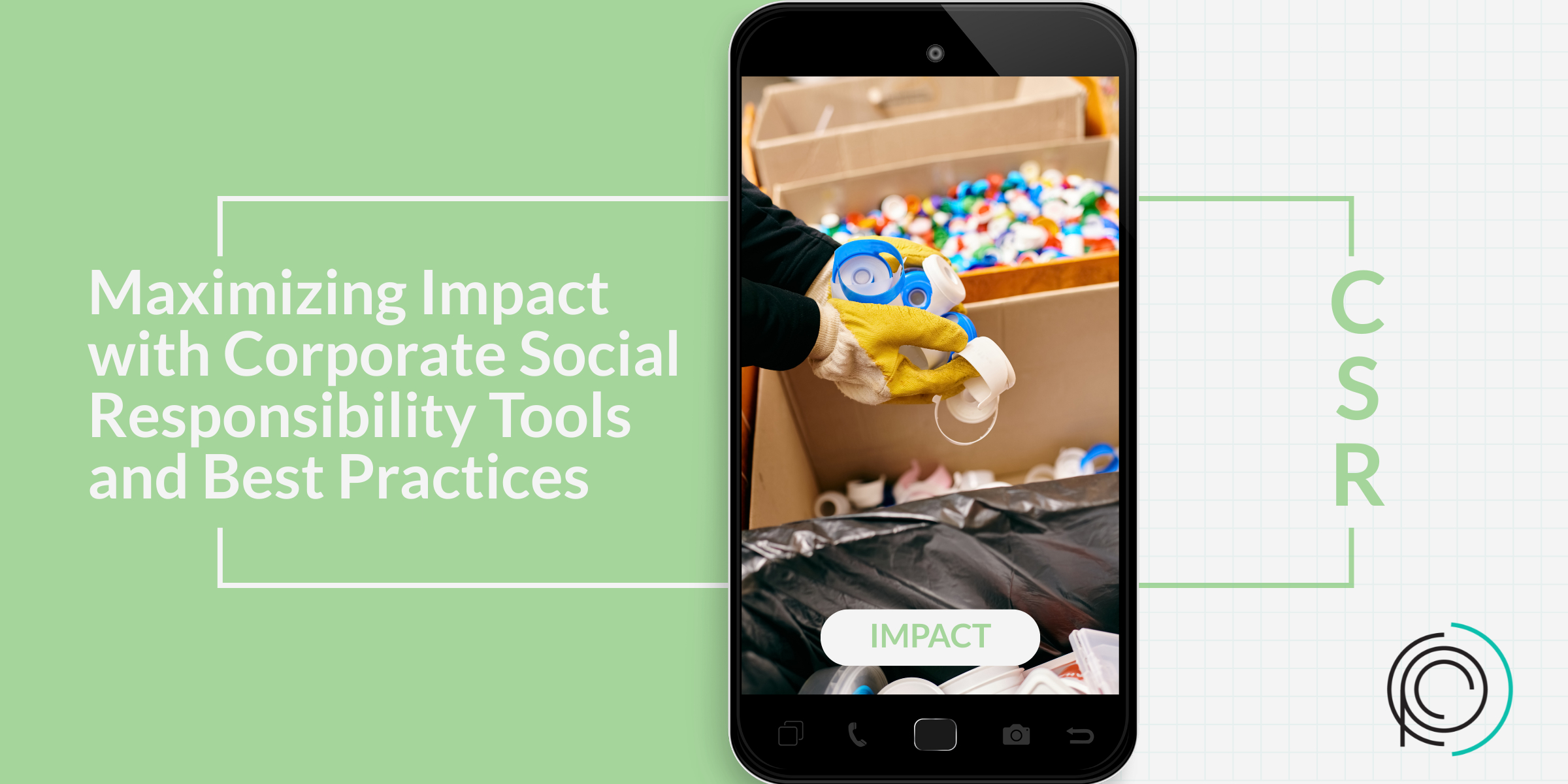Technology and Process Optimization as a Critical Success Factor
Global business operations have become almost imperative for many large organizations looking to dominate their sector. The process begins with getting your house in order first before expanding into new territories. As a business leader strategically planning for scale and expansion is a natural progression for a financially healthy company; but you cannot enter new territories when your main office operations are underdeveloped. If you’re operating in an environment where your technology stack is not serving your businesses needs or setting your team up for success, and your processes are manual and not documented, it greatly compromises your chances of success. You may be driven by the idea of reaching more customers and of course the bottom line, but success is a long-term game, and you must be pragmatic when planning for such a launch.
Heavy Lifting
The internal operation of your business is what drives the company forward. Scaling a business without addressing the basic fundamentals of its foundation is an ill-prepared strategy. Global or not, every business has what is referred to as internal business operations, it’s how your team gets from one day to the next, what they do.
At its most basic level, a business operation is any activity that a business engages in to increase the value of the enterprise. This can include everything from research and development to marketing and sales. However, in today’s business world, the term usually refers to the daily activities that are necessary to keep the business running smoothly. This can include tasks such as accounting, manufacturing, and customer service. Technology is often used to optimize business operations and make them more efficient. This can involve automating repetitive tasks, streamlining communication, and using data analytics to make better decisions. By optimizing their operations, businesses can generate sufficient revenues to cover their expenses and earn a profit.
Don’t burn money with shortcuts
Taking shortcuts rarely works out for anyone. Whether you are looking to acquire another company or just simply enter a new market evaluating your readiness for such a move requires planning even if your position is opportunistic.
Ensuring the businesses is set up to successfully scale is far more complicated than writing it down as a strategic goal and taking actionable steps to valuate the business based on your capital structure or future projections.
You really do need to look back before you look ahead.
This is going to require a massive sweep of your current state, addressing the very first purple elephant your technology. Moving forward with technology that is inappropriate for your current organization and either using it when you scale compromising its capabilities and bandwidth or buying new technology for the expansion while ignoring the legacy systems in place is your very first step in the wrong direction. It may sound counterintuitive to spend money on new technology, so you don’t throw away money, and yes, that is what I am encouraging you to do, just not yet, or with blinders on. Hang tight there is a method to this madness.
I know I said technology is the first purple elephant and it is the driving force behind what I am about to say. Businesses that continue to utilize technology they have outgrown are forced to create manual workarounds to accommodate that antiquated technology. It’s the chicken or the egg analogy. The very first step after you acknowledge you’re not quite ready to scale is process map the current state. Now, this undertaking is not an overnight or in a few weeks task that can be documented quickly. You really need to do the work here; what you do here in this step will determine how successful your future steps are. You’ll want to capture everything. Why everything? We’ll your business like most businesses operates in unanimity, each department, person, technology and data point are contingent on something else. Manual workarounds and antiquated technology compromise the authenticity of that data as well as a consistent customer experience.
Out with the old
At this point if you have done the work, you should be well equipped with all of the information needed to make an informed decision. Look at everything being presented to you. Out with the old and in with the new, but not just any new, this new must serve the business’s needs. Use the information you have collected to really make an informed decision based on your business requirements, operational exposures and antiquated technology. Consider all vendors to address your business needs, not just the vendors you are familiar with or have a recognizable brand name. Additionally, try to avoid getting distracted by shiny things like a cool feature or a new trend for the sake of it being new. You really want to be careful here with selecting solutions; it’s a big investment, don’t cut corners.
Readiness assessment
After you have evaluated and addressed the areas of opportunity and have fully executed corrective measures now you are ready to conduct what’s referred to as a readiness assessment.
Readiness assessments are essential for any company considering a major change or new project. Without one, you risk undertaking an endeavor that your company is ill-equipped to handle, resulting in a high-profile failure. A readiness assessment gives you the knowledge and assurance that your company can successfully complete the proposed change or project. It’s an essential tool for making informed decisions about your company’s future.
What are you assessing exactly? Here are just some of the components to consider when conducting a readiness assessment:
- Global expansion goals and objectives
- Expectations and concerns with globalization
- The organization’s ability to adapt to change – your current operational model against a mirrored (not carbon copy) operational model in new market
- Ways to minimize potential failure of the globalization initiative
This may feel like an unnecessary step when you have your eye on the prize of expanding into new markets, but I warn it’s not advisable. A readiness assessment is an important tool for any company considering a change. It allows your company to identify any potential issues that could impact the success of the change and to address them before they become big problems. This is important because it can save your company time and money, and even improve the profitability of the change. Readiness assessments are not difficult to conduct, and they can give your company the peace of mind that comes with knowing that you are prepared for the change you are about to undertake.
Who’s ready?
Too often, companies implement changes without considering whether or not their employees are ready for such change. This can lead to confusion, frustration, and even resentment among employees. A readiness assessment allows you to address the details of the change with your employees to determine if they are ready for such change and have the ability and resources, they need to do their part in it. This is another way that doing the assessment is a smart move. Being kept in the loop and engaged with what the company is doing will make your employees feel more valued, which will increase their personal investment in the proposed change or project and motivate them to want to do their part in it well. Employees who feel valued are more likely to be productive, creative, and committed employees. In short, they are the kind of employees every company wants. So, if you’re looking to implement a change in your company, don’t forget to do a Readiness assessment first. It’s a smart move that will pay off in the long run. Make sure you conduct a through readiness assessment and discuss all of the components of success and possible failures.
International commerce
Global success requires a deep understanding of the ever-changing landscape of international commerce. Whether you’re a product or service provider your understanding of the local landscape will determine your success in that market, mistakes, in some cases, not understanding the local market can cost you the entire brand.
A key difference between domestic and global business operations is the scale which is what makes it so appealing. Global businesses are multinational, meaning they have a presence in multiple countries. For an enterprise just starting out this may feel like a stretch but again you have to start somewhere. Organizations embark on this journey because they need to serve a larger customer base. Their supply chains tend to be much longer and far more complex hence why I encouraged you to address your operational gaps before you begin entering new markets. Another component to keep in mind is global businesses tend to be more complex, as they need to comply with multiple jurisdictions.
Thirdly, global businesses and multinational corporations (MNCs) tend to be based in developed countries. This is because these countries have the infrastructure and capital necessary to support large-scale operations. Additionally, these companies often have an advantage over smaller businesses from developing countries due to their size and resources.
Finally, cross-border businesses face fierce competition. This is due to the increase in globalization and the ease with which companies can now operate in multiple countries. As a result, smaller businesses from developing nations often have to compete with MNCs from developed countries. This can make it difficult for them to succeed in the global marketplace.
I hope you found the tips in this article helpful to get you started on your globalization journey. If you still have questions or would like help expanding your business in foreign markets, book a no obligation call with one of our experts.







